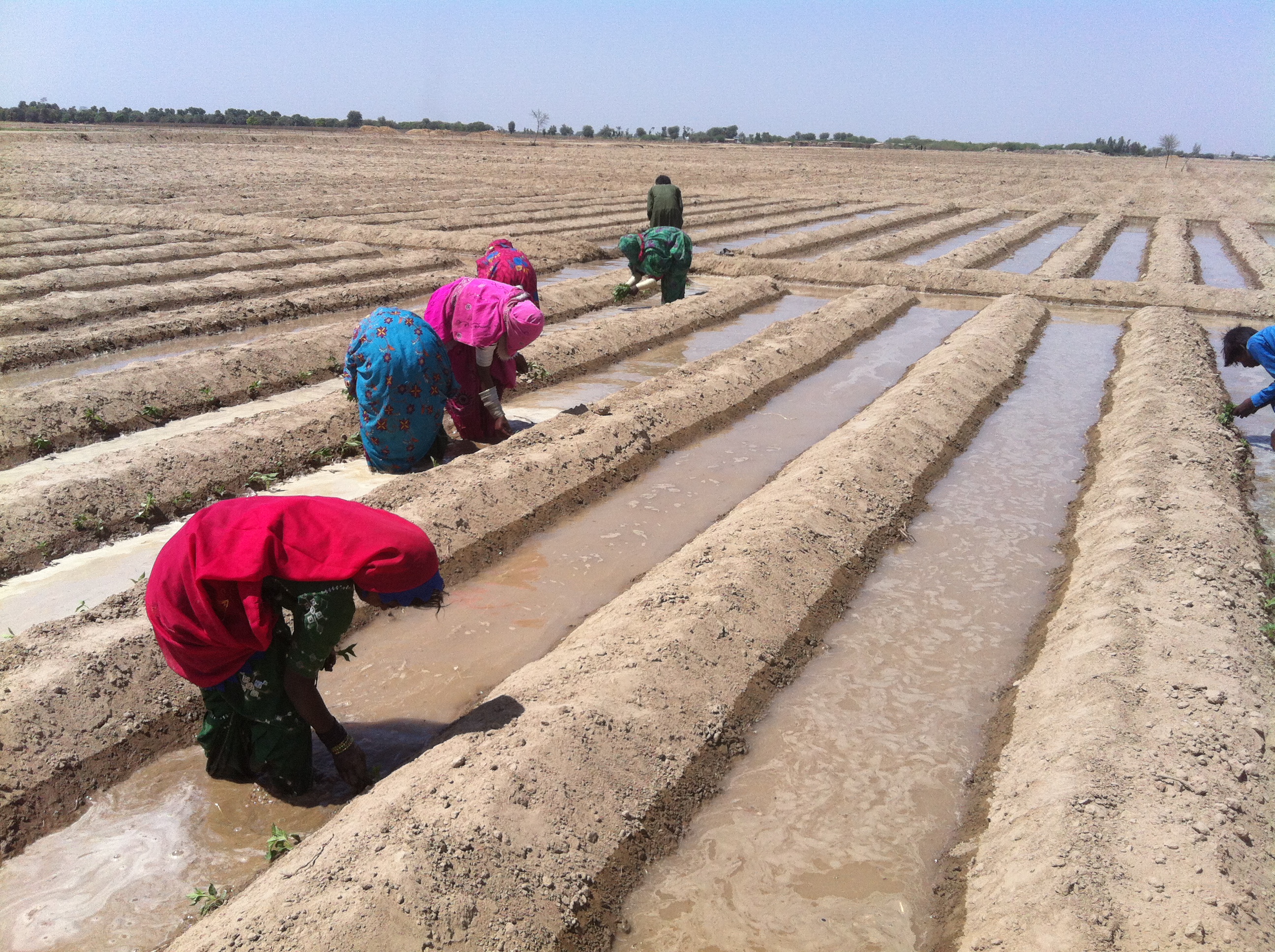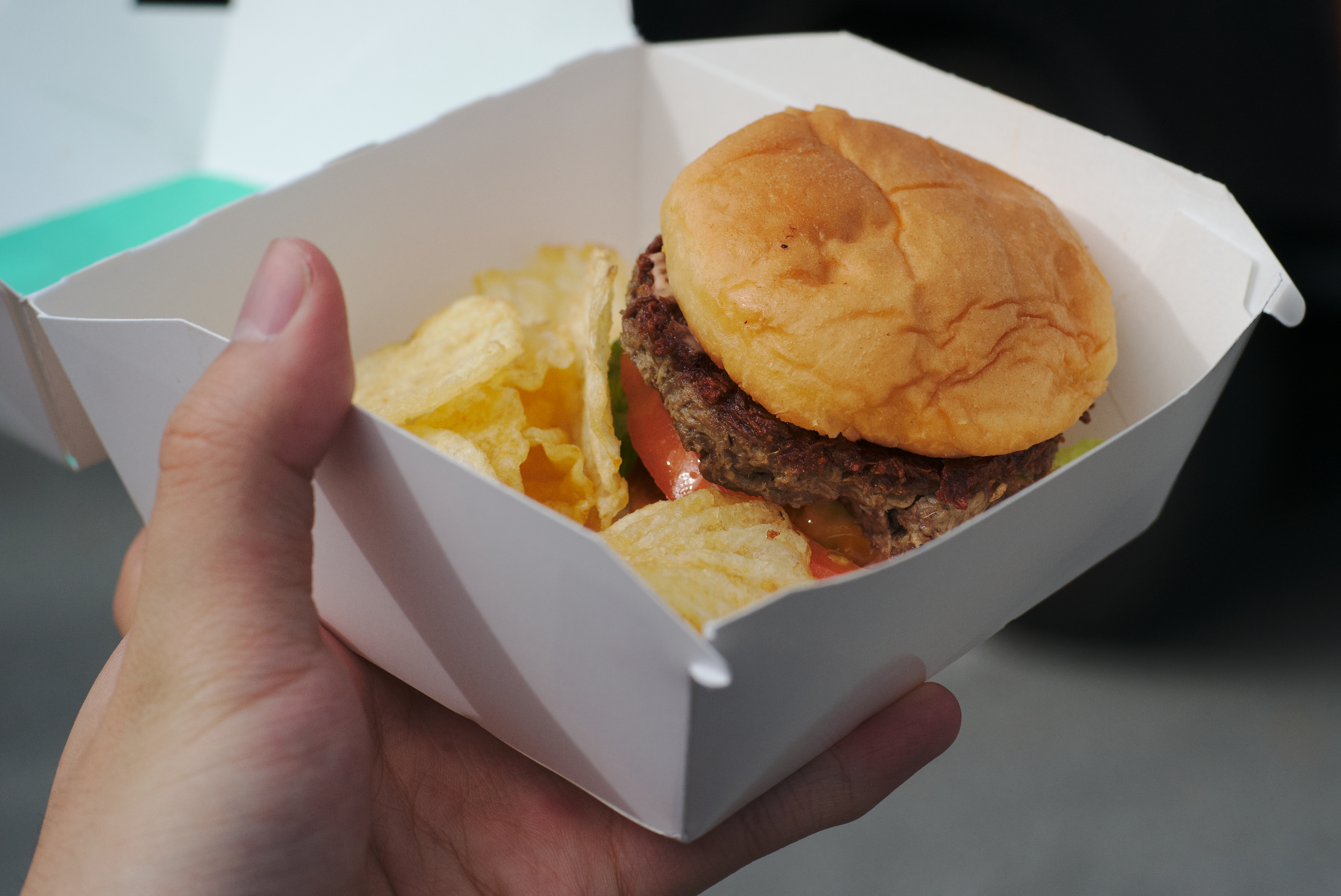by DR VANDANA SHIVA


This project aims at enhancing the competiveness of agricultural value chains in Pakistan with a focus on horticulture and livestock including dairy, meat and fisheries. PHOTO/USAID Agribusiness Project/Wikimedia Commons/Consortium News
The ontology and ecology of food

Food is not a commodity, it is not “stuff” put together mechanically and artificially in labs and factories. Food is life. Food holds the contributions of all beings that make the food web, and it holds the potential of maintaining and regenerating the web of life. Food also holds the potential for health and disease, depending on how it was grown and processed. Food is therefore the living currency of the web of life.
As an ancient Upanishad reminds us “Everything is food, everything is something else’s food. “
Good Food and Real Food are the basis of health .
Bad food, industrial food, fake food is the basis of disease.
Hippocrates said “Let food be thy medicine”. In Ayurveda, India’s ancient science of life, food is called “sarvausadha” the medicine that cures all disease.
Industrial food systems have reduced food to a commodity, to “stuff” that can then be constituted in the lab. In the process both the planet’s health and our health has been nearly destroyed.
75% of the planetary destruction of soil, water, biodiversity, and 50% of greenhouse gas emissions come from industrial agriculture, which also contributes to 75% of food related chronic diseases. It contributes 50% of the GHG’s driving Climate Change. Chemical agriculture does not return organic matter and fertility to the soil. Instead it is contributing to desertification and land degradation. It also demands more water since it destroys the soil’s natural water-holding capacity. Industrial food systems have destroyed the biodiversity of the planet both through the spread of monocultures, and through the use of toxics and poisons which are killing bees, butterflies, insects, birds, leading to the sixth mass extinction.
Biodiversity-intensive and poison-free agriculture, on the other hand, produces more nutrition per acre while rejuvenating the planet. It shows the path to “Zero Hunger” in times of climate change.
The industrial agriculture and toxic food model has been promoted as the only answer to economic and food security. However, globally, more than 1 billion people are hungry. More than 3 billion suffer from food-related chronic diseases.
It uses 75% of the land yet industrial agriculture based on fossil fuel intensive, chemical intensive monocultures produce only 30% of the food we eat. Meanwhile, small, biodiverse farms using 25% of the land provide 70% of the food. At this rate, if the share of industrial agriculture and industrial food in our diet is increased to 45%, we will have a dead planet. One with with no life and no food.
The mad rush for Fake Food and Fake Meat, ignorant of the diversity of our foods and food cultures, and the role of biodiversity in maintaining the our health, is a recipe for accelerating the destruction of the planet and our health.

GMO soya is unsafe for the environment and the eater
In a recent article “How our commitment to consumers and our planet led us to use GM soy” Pat Brown, CEO & Founder of Impossible Foods states that:
“We sought the safest and most environmentally responsible option that would allow us to scale our production and provide the Impossible Burger to consumers at a reasonable cost”.
Given the fact that 90% of the monarch butterflies have disappeared due to Roundup Ready Crops, and we are living through what scientists have called an “insectageddon”, using GMO soya is hardly an “environmentally responsible option”.
In writing this, Pat Brown reveals his total ignorance that weeds have evolved resistance to Roundup and have become “superweeds” now requiring more and more lethal herbicides. Bill Gates and DARPA are even calling for the use of gene drives to exterminate amaranth, a sacred and nutritious food in India, because the Palmer Amaranth has become a superweed in the Roundup Ready soya fields of the USA.
At a time when across the world the movement to ban GMOs and Roundup is growing, promoting GMO soya as “fake meat” is misleading the eater both in terms of the ontology of the burger, and on claims of safety.
The “Impossible Burger “ based on GMO, Roundup sprayed soya is not a “safe” option, as Zen Honeycutt and Moms across America just announced:
“that the Impossible Burger tested positive for glyphosate. The levels of glyphosate detected in the Impossible Burger by Health Research Institute Laboratories were 11 X higher than the Beyond Meat Burger. The total result (glyphosate and it’s break down AMPA) was 11.3 ppb. Moms Across America also tested the Beyond Meat Burger and the results were 1 ppb.
Independent Science News for more